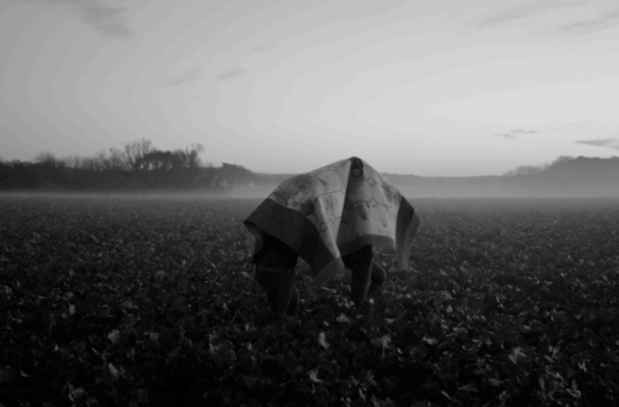Jeffrey Gibson "one becomes the other"
Participant Inc.

This event has ended.
In 1941, months before the U.S. entered World War II, the Museum of Modern Art mounted an exhibition titled Indian Art of the United States. The entire first floor of the exhibition framed the then contemporary artworks as ‘Indian Art for Modern Living,’ thus positing an expanded depiction of modern art, progressively comprehensive for the 1940s. The significant embrace of alterity expressed by the MoMA exhibition and its relevance to contemporary culture seemed to quickly subside with the onset of the war. The gap widened between the established canon of modern art and its inclusion of Native American artists; and the burgeoning post-war Native American art world went on to define an independent trajectory, separate from more mainstream 20th century arts and cultural discourses. Seventy-seven years later, Jeffrey Gibson imagines where this dialogue may have led if parallel advancements continued, and these aesthetic and conceptual histories perhaps even merged.
Gibson is a member of the Mississippi Band of Choctaw Indians and is half Cherokee. He grew up with the knowledge of obvious Native American stereotypes, manifested in mass produced “Indian” totem poles, and symbols representing Indian warriors, chiefs, and maidens. For Gibson, such cliché formats are not representative of Native American culture, but do provide strategies for a critique of cultural value and representation. As a Western-trained artist, ethnographic ready-mades and found objects have appeared in many of his previous sculptural and collage works. However, to bridge this historical gap required a community. This provided the impetus to travel and ultimately commission works by artists whose practices draw from different spheres of knowledge, and whose
work is made for very different reasons.
Integrating materials, processes, and commissioned objects, Gibson began working with them in tandem with the formal, abstract languages common to his work, equally influenced by being Native, queer, urban, and also by the communities he forged, both local and peripheral. Objects commissioned join hybrid sculptures that reflect the relationship between the local, the regional, and the global.
Included in the exhibition are beadwork pieces by Whitney Minthorn and Frankie Skye Hawk that make reference to Gibson’s paintings; a personal account of the trading of one skateboard for another, made with David Rowland; drums made by GenderQueer artist and dancer Jesse McMann-Sparvier and a quilt by Mary Felicia, hand-painted by Gibson; German silver engravings by JhonDuane Goes In Center and Booger Masks by Roger Cain that join sculptural works made by Gibson. These are objects that Gibson himself could not make. Although he learned about the materials and processes that inform them, the belief systems that motivate, define, and imbue these objects with a specific sense of history and power are not necessarily his own. Treading a fine line between ethnographic installation and Gibson’s personal collaborative investment, his totemic structures engage with tradition, modernity, cultural specificity, and the fluctuations of contemporary material culture.
Media
Schedule
from February 19, 2012 to March 25, 2012
Opening Reception on 2012-02-19 from 19:00 to 21:00